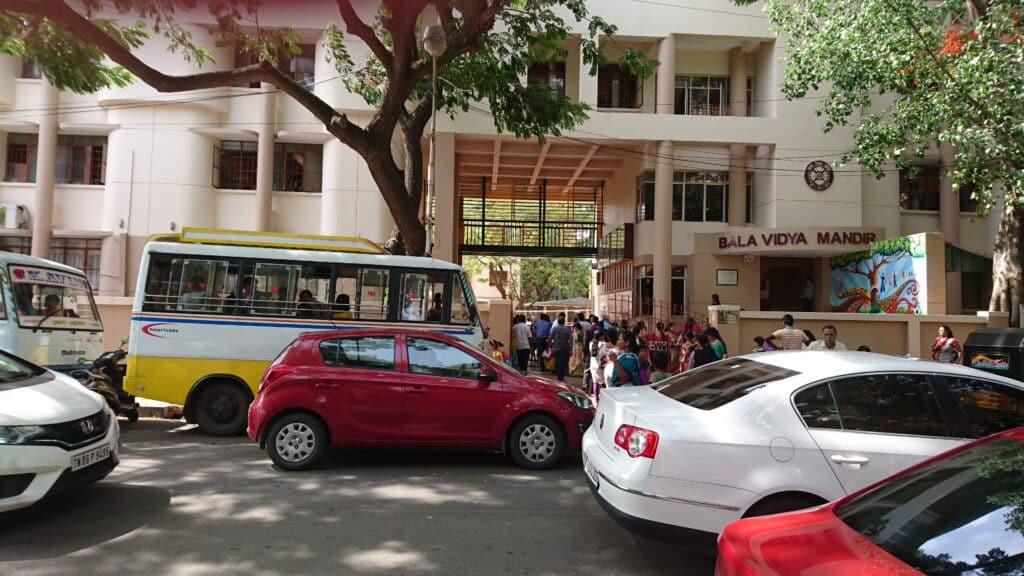
In India, the NDC Transport Initiative for Asia (NDC-TIA) is coordinated by the National Institution for Transforming India (NITI Aayog) and implemented by seven partner organisations. The project supports the development of regulatory frameworks and electric vehicle deployment. In this series, NDC-TIA partners offer insights into lessons learned through the country components in India, China and Vietnam. This second blogpost identifies four lessons on how to transition to zero-emission transport in India:
1. Electrify Mobility, Not Just Vehicles
The electric mobility transition requires policy, infrastructure and financing. Thanks to policy support and technological advancement, India has over 1 million electric vehicles (EVs), and is poised to become one of the largest global electric bus markets. NDC-TIA partners have worked with NITI Aayog to identify needs for a comprehensive roadmap of charging infrastructure deployment, on battery swapping for electric two-wheelers and campaigns to overcome barriers to EV adoption stemming from a lack of understanding.
2. Clean Mobility Requires Grid Decarbonization
95% of India’s transport energy need is currently met by petroleum products. A more comprehensive emission framework is needed to phase out reliance on fossil fuels and reduce transport-related GHG emissions. NDC-TIA partners analysed India’s key transport energy and emission models to inform transport decarbonization pathways. In addition, current research focuses on life cycle assessment tools and renewable energy-based EV charging.
3. Collaboration Is Key to Enabling a Faster Transition
Communication is a central element in facilitating systematic change. In India, this includes establishing dialogues with key stakeholders through NITI Aayog, as well as with the Forum for Decarbonising Transport. Workshops have been organised as part of the Forum, bringing together representatives of ministries, financial institutions and private companies, to identify solutions and exchange on financing.
4. Don’t Assume a Just Transition
The impacts of the transition to zero-emission mobility can be complex and uneven, particularly regarding vulnerable groups. India’s transport industry is heavily male-dominated. Equity considerations, especially of EV policies, must be addressed. Policy interventions that follow the Avoid-Shift-Improve framework, and emphasis on broader representation of women and marginalized groups in the workforce, can ensure a more equitable shift in mobility.
—
The full blogpost was originally published on TheCityFix on October 4, 2022, written by Yiqian Zhang (WRI), with inputs from Indradip Mitra (GIZ), Chaitanya Kanuri, Garima Agrawal, Nikita Gupta (WRI India), Malithi Fernando (ITF), Zifei Yang, Anuj Dhole (ICCT), and Angel Cortez, Nikola Medimorec, Chris Dekki (SLOCAT).
You are currently viewing a placeholder content from X. To access the actual content, click the button below. Please note that doing so will share data with third-party providers.
More Information